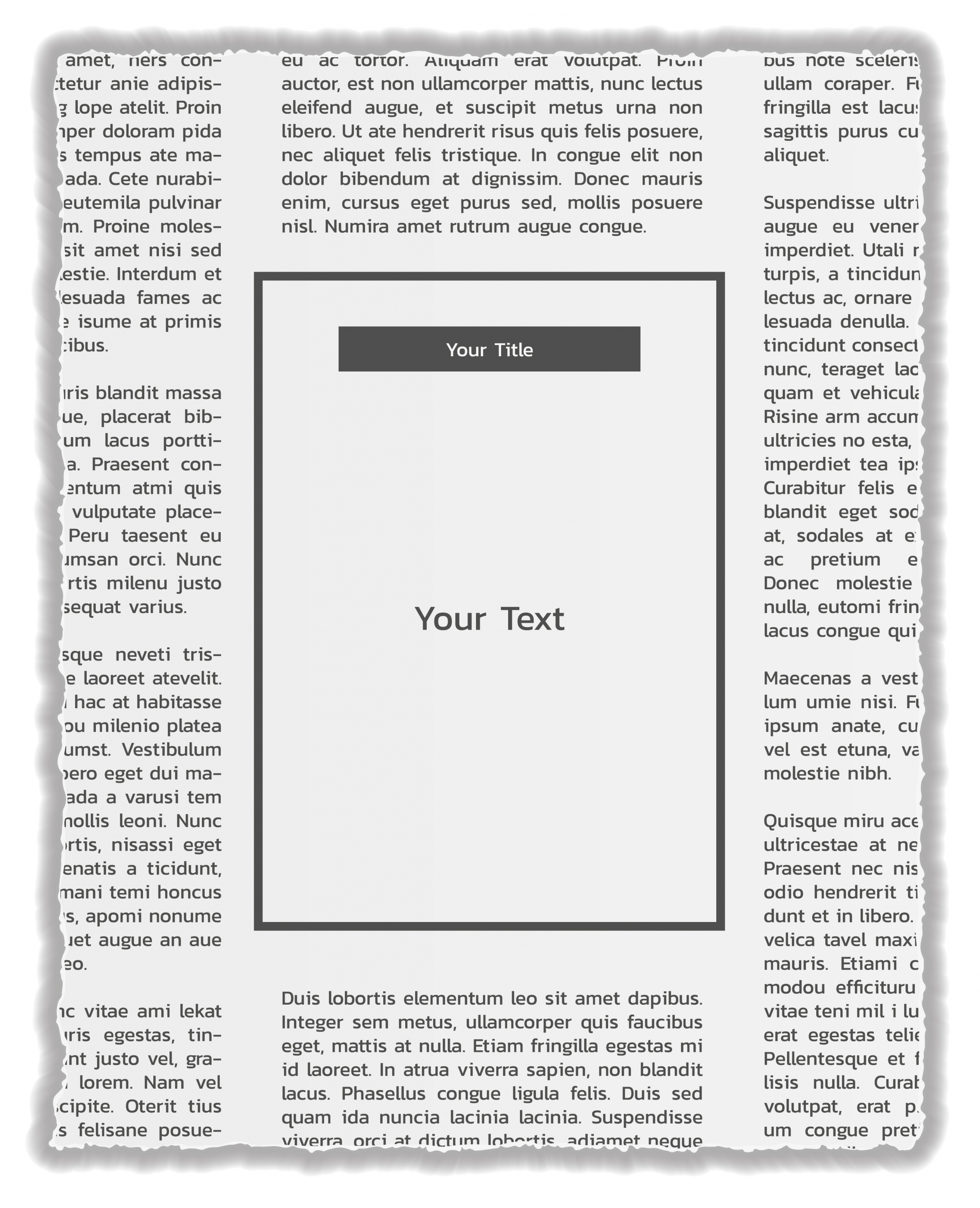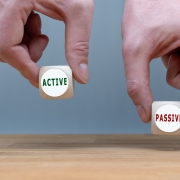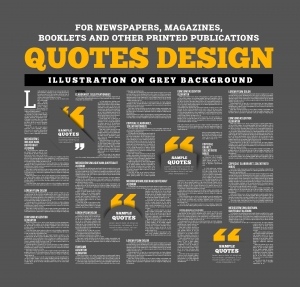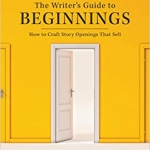Blog Posts are Ideas-in-Brief

“To help busy readers quickly absorb and apply the concepts, the feature-length articles in these collections also include short ‘Idea in Brief’ summaries,” the editors of Harvard Business Review’s Special Issue explain, referring to the “text box” found in each long article..
What are text boxes?
As the Style Manual teaches. in technical or long-form content, text boxes, which sit on the page close to the text they support, are short articles that support the main body of the text. The content in the text box might contain a summary of the topic, examples, or an expansion of ideas in the main text. People tend to scan text boxes before they read the body of the text.
Blog posts as text boxes:
A blog post can summarize the topic:
Lawyerist.com teaches lawyers how to create powerful introductions when arguing a case in court, advising that an opening line must put the motion in the larger context, besides giving the judge a reason to keep reading.
A blog post can give examples illustrating the main message of a business or practice:
The “mapping method” of taking notes on paper can be adapted for blog series, where the content writer explores different aspects of the same topic in a group of three to four individual posts.
A blog post can expand on the ideas within the topic:
Blog content lets you go deeper than your website permits, creating a big, expanding brochure of practical, persona-optimized web content targeted to your market niche. Milie Oscar explains.
Text boxes and “callouts” are not just gimmicks – the main message in an article and the information in the text box must be directly related to one another. In the same way, whichever content an online searcher might encounter first, whether it happens to be the business website itself or an individual blog post, the core two purposes is the same – imparting understanding and forging connections.. “Before you include a text box or callout in your content, consider how it will help people understand or use the information,” Style Manual cautions.
Blog posts are nothing more than “Ideas-in-Brief”.






Follow us online!